Find Help
More Items From Ergsy search
-
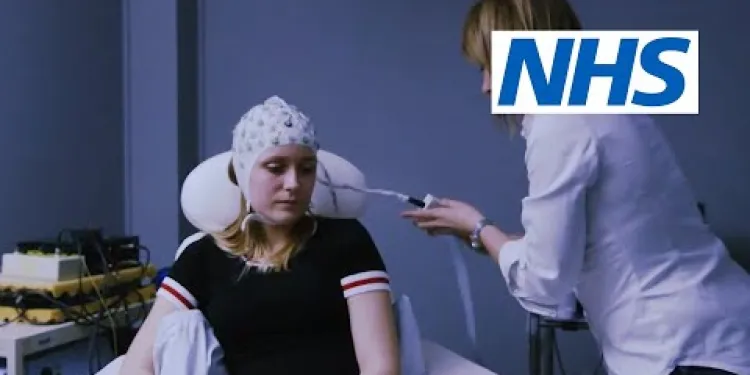
Epilepsy research: EEG | NHS
Relevance: 100%
-
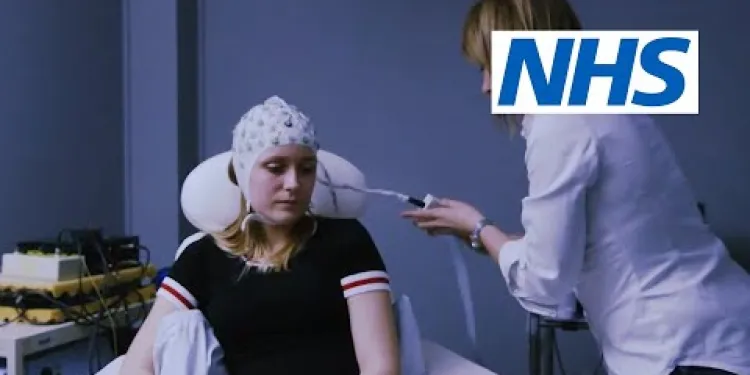
Epilepsy research: EEG | NHS
Relevance: 98%
-
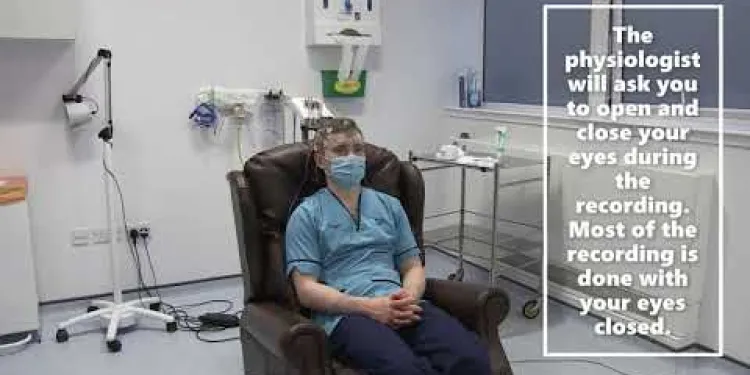
Neurophysiology EEG Patient Information
Relevance: 63%
-
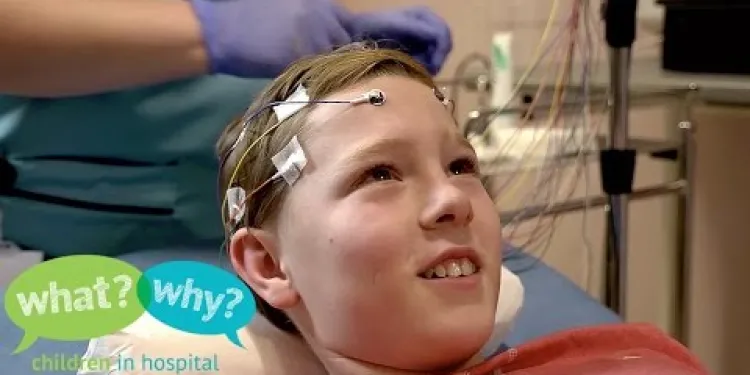
What happens when my child has an EEG?
Relevance: 60%
-

Neurosurgery for Epilepsy
Relevance: 56%
-
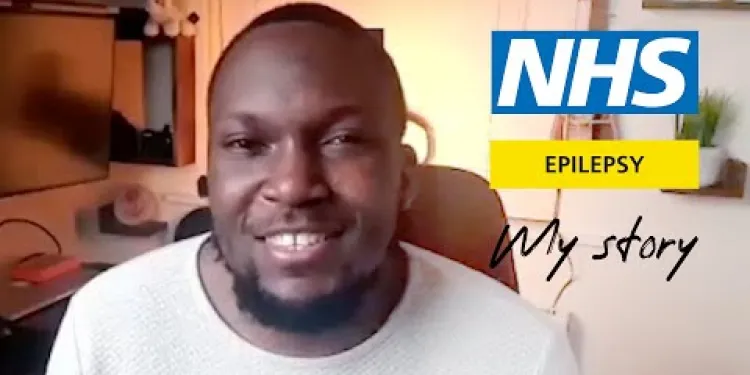
Epilepsy - My Story | NHS
Relevance: 54%
-
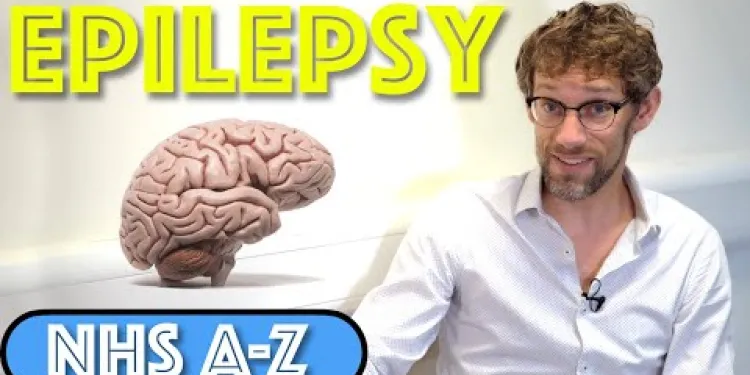
Epilepsy - What is Epilepsy and What Causes Seizures - NHS A to Z - Dr Gill
Relevance: 53%
-

Can meningitis cause long-term complications?
Relevance: 16%
-

What are the potential benefits of CBD?
Relevance: 15%
-
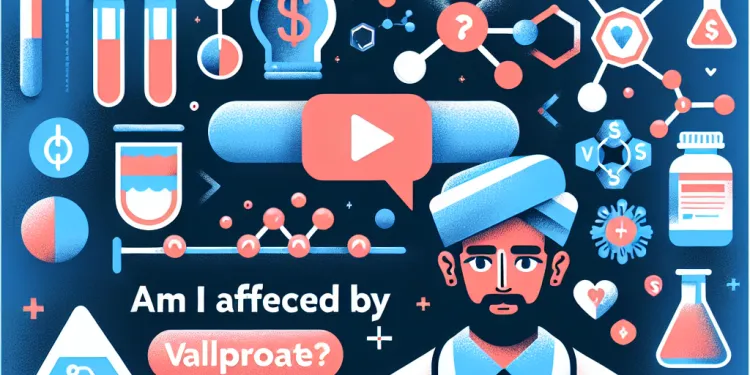
Am I affected by Sodium Valproate?
Relevance: 14%
-

Are there health benefits to using cannabis extract?
Relevance: 14%
-

What is CBD?
Relevance: 13%
-

What are the uses of cannabis extract?
Relevance: 10%
-

Profound intellectual and multiple disabilities | NHS
Relevance: 9%
-

What is CBD?
Relevance: 8%
-

How does CBD work?
Relevance: 8%
-

Is CBD legal?
Relevance: 7%
-

What is the entourage effect in relation to cannabis extracts?
Relevance: 6%
-
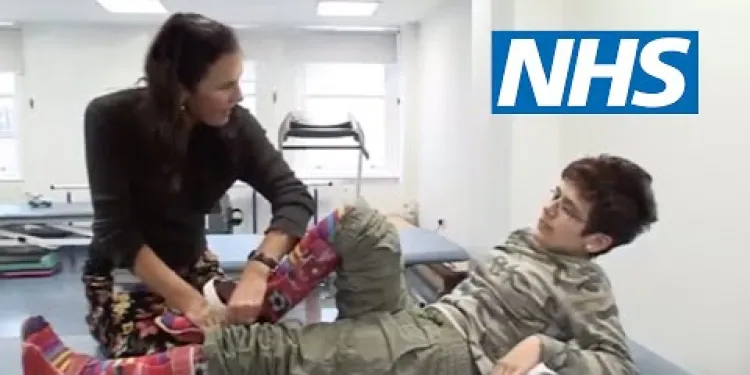
Cerebral palsy | NHS
Relevance: 6%
-

Is cannabis extract legal?
Relevance: 6%
-

How potent is cannabis extract?
Relevance: 6%
-
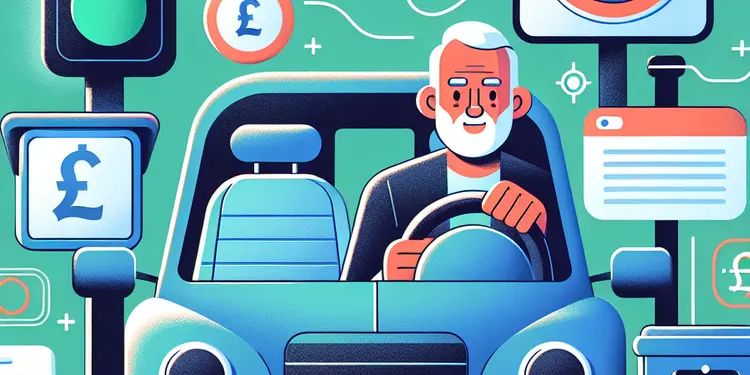
Are there legal requirements regarding driving for seniors over a certain age?
Relevance: 6%
-
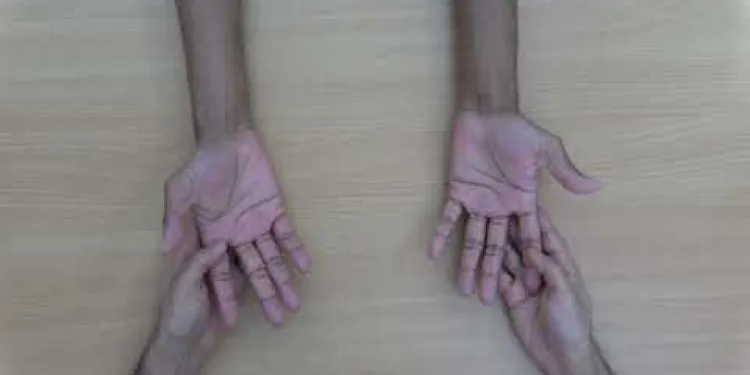
Dupuytrens
Relevance: 3%
-
Can you overdose on CBD?
Relevance: 3%
-

What is a Subarachnoid Hemorrhage?
Relevance: 3%
-

What is cannabis extract?
Relevance: 3%
-

How is cannabis oil different from other extracts?
Relevance: 3%
-
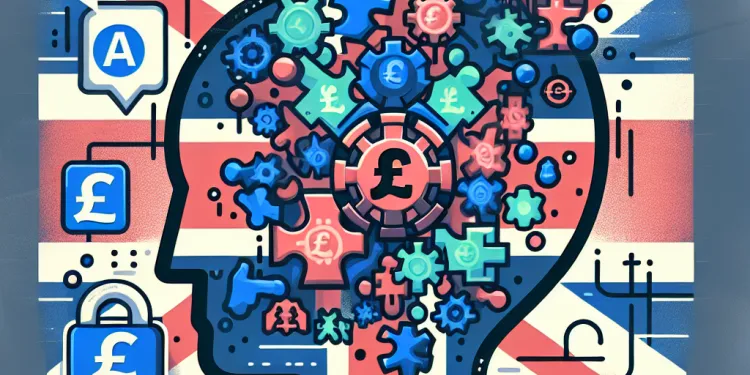
Can adults have autism?
Relevance: 3%
Epilepsy Research: EEG | NHS
Understanding Epilepsy
Epilepsy is a neurological disorder characterized by recurrent seizures or episodes of unusual behaviour, sensations, and sometimes loss of awareness. In the UK, epilepsy affects around 600,000 people, and early diagnosis and effective treatment are crucial for improving quality of life.
The Role of EEG in Epilepsy Diagnosis
An Electroencephalogram (EEG) is a critical tool in epilepsy research and diagnosis. EEG is a non-invasive procedure that records electrical activity in the brain using small, metal discs (electrodes) attached to the scalp. This technique helps healthcare providers understand the type and origin of seizures, aiding in determining the most effective treatment.
EEG Research and Advancements
Recent advancements in EEG technology have made significant strides in epilepsy research. High-resolution EEG and continuous ambulatory EEG monitoring are now used to provide more detailed and prolonged recording of brain activity. These advancements are vital in detecting subtle electrical changes in the brain, which can predict and diagnose epilepsy more accurately.
The NHS and Epilepsy Care
The National Health Service (NHS) in the UK plays a pivotal role in providing care and support for those with epilepsy. The NHS offers access to comprehensive epilepsy services, including specialist consultations, EEG tests, and tailored treatment plans. Ongoing research and investment in EEG technology within the NHS aim to enhance diagnostic accuracy and develop innovative treatments.
Future Directions in Epilepsy Research
Ongoing research into epilepsy is focusing on the integration of machine learning and artificial intelligence with EEG data to predict seizures before they occur. Additionally, exploring non-invasive brain stimulation techniques and personalized medicine holds promise for future epilepsy treatments.
Conclusion
Epilepsy research, particularly involving EEG technology, remains a cornerstone in advancing our understanding and treatment of the condition. Through the continuous efforts of the NHS and scientific community, the future looks promising for improved diagnosis, treatment, and ultimately, better lives for those living with epilepsy in the UK.
Epilepsy Research: EEG | NHS
Understanding Epilepsy
Epilepsy is a brain condition that causes repeated seizures. A seizure is when you have unusual movements or feelings and sometimes you may not be aware of what is happening. In the UK, about 600,000 people have epilepsy. It is important to find out if someone has epilepsy early and get the right treatment to help them live better.
The Role of EEG in Epilepsy Diagnosis
An Electroencephalogram, or EEG, is a test that helps doctors learn more about epilepsy. It is a safe test that uses small metal discs placed on your head. The EEG records the electrical activity in your brain. This helps doctors know what kind of seizures you have and guides them to give the best treatment.
EEG Research and Advancements
EEG technology has improved a lot recently. New types of EEG can record brain activity in more detail and for longer periods. This helps detect small changes in the brain, making it easier to predict and diagnose epilepsy.
The NHS and Epilepsy Care
The National Health Service (NHS) in the UK helps people who have epilepsy. The NHS offers special services, doctor visits, EEG tests, and personalized treatment plans. They keep improving EEG technology to make sure diagnoses are correct and to find new treatments.
Future Directions in Epilepsy Research
New research is looking at using computers and smart technology with EEG data to predict seizures before they happen. They are also exploring safe brain stimulation methods and custom treatments for the future.
Conclusion
Research on epilepsy, especially using EEG, is very important to help us understand and treat the condition better. With the work of the NHS and scientists, there is hope for better tests and treatments, helping people with epilepsy live better lives in the UK.
Frequently Asked Questions
What is an EEG?
An EEG (electroencephalogram) is a test used to evaluate the electrical activity in the brain. It involves placing small sensors on the scalp to detect brainwaves.
Why is an EEG performed?
An EEG is commonly used to diagnose epilepsy and other conditions that affect brain activity. It can help to identify abnormal brain wave patterns that are associated with these conditions.
How should I prepare for an EEG?
You may be advised to wash your hair the night before the test and avoid using any hair products. Depending on the specific instructions from your healthcare provider, you may also need to avoid caffeine and certain medications.
What happens during an EEG?
During an EEG, a technician will place small sensors called electrodes on your scalp. You'll be asked to relax, and sometimes you may be asked to do specific tasks depending on the purpose of the test. The procedure usually lasts about 20 to 40 minutes.
Is an EEG painful?
No, an EEG is not painful. The sensors placed on your scalp do not cause any discomfort.
How long does an EEG test take?
A standard EEG test typically takes between 20 and 40 minutes, although some tests may take longer if extended monitoring is required.
Can I drive after an EEG?
Yes, you can usually drive after an EEG, unless you have been given sedatives for the test or your doctor advises otherwise due to your medical condition.
Are there any risks associated with an EEG?
An EEG is a safe procedure with no significant risks. However, in rare cases, you may experience a mild skin irritation from the electrodes.
What do the results of an EEG mean?
The results of an EEG show the electrical activity of your brain. If there are abnormalities, such as irregular brain wave patterns, it could indicate conditions like epilepsy, sleep disorders, or other neurological issues.
Can an EEG detect epilepsy?
Yes, an EEG is one of the primary diagnostic tools used to detect epilepsy. It can identify irregular brain wave patterns that are often associated with epileptic seizures.
Will my hair be affected by the EEG electrodes?
The sensors are attached with a special adhesive or gel that can be easily washed out after the test, so your hair should return to normal after washing.
Can children have an EEG?
Yes, children can have an EEG. The procedure is safe and non-invasive, making it suitable for patients of all ages.
Will I receive my EEG results immediately?
You will not receive the results immediately. The EEG recordings need to be interpreted by a specialist, which may take a few days to a week.
What should I do if I have a seizure during the EEG?
If you have a seizure during the EEG, it can actually provide valuable information for your diagnosis. The healthcare team is trained to handle such situations safely.
Can an EEG be done at home?
In some cases, an ambulatory EEG may be performed at home, where the electrodes are attached at the clinic and the patient goes home with the recording device to monitor brain activity over a longer period.
What is an EEG?
An EEG is a test. It looks at how your brain works.
It checks the tiny electric signals in your brain.
Doctors use it to see if your brain is healthy.
If you want to know more, ask someone you trust to help explain. You can also use pictures and videos to understand better.
An EEG is a test that looks at the brain's electrical activity. To do this, small sensors are put on the head. These sensors check the brain's waves.
Why Do We Use an EEG?
An EEG is a test that looks at the brain. It helps doctors see how the brain is working.
Doctors use an EEG to check for problems. These problems might cause seizures or other brain issues.
If a child has trouble at school, an EEG might help find out why.
Doctors use special tools to do the test. They put small stickers on the head. These are called electrodes. They do not hurt.
If you want to know more about EEGs, you can ask your doctor to explain. You can also use videos or picture books to help understand better.
An EEG is a test that helps doctors see how the brain is working. It can help find problems like epilepsy. This is when the brain has unusual activity. The test shows unusual brain patterns that might mean there is a problem.
How do I get ready for an EEG?
An EEG is a test for the brain. Here is how you can get ready:
- Sleep well the night before.
- Wash your hair, but do not use any hair products like gel or spray.
- Eat as you normally do. Do not skip meals.
- Tell the doctor if you take any medicine.
- Wear comfy clothes. No metal or jewelry.
Ask a helper if you have questions. Bring a toy or book to feel calm.
You might need to wash your hair the night before the test. Do not use any hair sprays or gels. Your doctor may tell you not to have drinks with caffeine, like cola or coffee, or to stop taking some medicines.
What happens during an EEG?
An EEG is a test to look at how your brain works.
Here is what happens:
- You sit in a comfy chair. You can also lie down.
- A helper puts small stickers called electrodes on your head. These do not hurt.
- The electrodes are connected to a computer that shows how your brain is working.
- You need to stay still and relax while the test happens.
- The test can take about 30 minutes to 1 hour.
Here are some tools to help you:
- Ask a friend or family to stay with you for support.
- Bring a favorite toy or book to help you feel calm.
The EEG helps doctors understand how to help you better.
During the test, a helper will put small sensors on your head. These sensors are called electrodes. You should try to stay calm and relaxed. Sometimes, you might have to do simple tasks. The test usually takes around 20 to 40 minutes.
Does an EEG hurt?
An EEG does not hurt. It is a test that looks at the brain. During the test, small things called sensors are put on the head. They check the brain's activity.
You can bring a favorite toy or book to feel more relaxed during the test.
No, an EEG does not hurt. The sensors on your head do not hurt you.
If you find reading hard, you can try these things:
- Use a ruler or your finger to keep your place.
- Ask someone to read with you.
- Listen to the text if you can.
- Take breaks if you feel tired.
How long is an EEG test?
An EEG test looks at how your brain works. It usually takes about 1 hour (60 minutes). Sometimes, it can be quicker or take a bit longer.
Here are some tips to help you:
- Bring a book or a toy to keep you busy while you wait.
- Ask a friend or family member to come with you for support.
- If you feel worried, let the doctor know. They can help you feel better.
An EEG test usually takes about 20 to 40 minutes. Sometimes it might take longer if special watching is needed.
Can I drive after an EEG?
A doctor looks at your brain with a test called an EEG. After your test, ask your doctor if it is safe to drive. Your doctor will tell you if you need to wait before driving. It is important to listen to what they say.
Here are some helpful tips:
- Ask your doctor any questions you have.
- Bring a friend or family member with you to the test. They can help you get home.
Yes, you can usually drive after an EEG test. But if you took medicine to make you sleepy during the test or your doctor tells you not to drive, then don't drive.
If reading is hard, try asking someone to read with you or using audio books.
Is an EEG safe?
An EEG test is safe for most people.
Sometimes, an EEG can feel uncomfortable because of the sticky pads on your head.
A few people might feel tired after the test.
If you have questions or worries, talk to your doctor or nurse. They can help you feel better about the test.
An EEG test is safe. There are no big risks. But sometimes, your skin might feel a little itchy where the wires are put on.
What do EEG results mean?
An EEG test looks at how your brain is working. It shows brain waves. These are like messages your brain sends through your body. The EEG machine writes these messages on paper. Doctors look at the wavy lines to see if your brain is working well.
To understand the results:
- If the lines are regular and even, it means your brain is working normally.
- If the lines are uneven, it might mean there is a problem. This could be things like seizures or other brain issues.
If you need help understanding your EEG results, you can ask your doctor. They will talk with you about what the results mean for your health.
Here are some tips for understanding EEGs better:
- Ask questions if you're unsure about something.
- Use pictures or videos to learn more about EEGs.
- Bring someone with you who can help explain things.
- Take notes when talking to your doctor.
An EEG test looks at your brain's electricity. The test can show if your brain is working differently than usual. If the electricity looks strange, it might mean you have problems such as epilepsy, trouble sleeping, or other brain issues.
Can an EEG find epilepsy?
Yes, an EEG can help find signs of epilepsy. An EEG is a test that looks at the brain's activity. It uses small sensors on the head to check how the brain is working.
If you think you have epilepsy, a doctor might ask you to have an EEG test. This test can help the doctor see if there are any unusual patterns in your brain waves.
If you find reading hard, you can ask someone to read it to you or use a tool that reads text out loud.
Yes, doctors use a tool called an EEG to check for epilepsy. An EEG looks at the brain's patterns and can find problems that may cause seizures.
Will the EEG electrodes change my hair?
The sensors are stuck on with a special glue or gel. It washes out easily after the test. So, your hair will be back to normal when you wash it.
Can kids have an EEG test?
Yes, kids can have an EEG test. It helps doctors see how the brain is working.
During the test, small stickers are put on the head. These stickers have wires. The wires are connected to a machine. The machine checks the brain's activity.
If you have questions, you can ask the doctor or nurse.
Yes, kids can have an EEG test. It is safe and doesn't hurt. It can be done for people of all ages.
Will I get my EEG test results right away?
You won't get the results right away. A trained doctor needs to look at the EEG tests. This can take a few days or up to one week.
What to Do if You Have a Seizure During the EEG
If you have a seizure during the EEG, stay calm. The doctors and nurses are there to help you. They know what to do.
You can tell someone with you how you feel if you can. They can also tell the doctor what is happening.
Remember, the team is trained to keep you safe.
You can use picture cards or simple words to show what you need.
If you have a seizure during the EEG, it can help the doctors learn more about your health. The doctors and nurses know how to keep you safe.
Can you do an EEG at home?
An EEG is a test that looks at the brain. It uses special equipment.
Some machines can be used at home. A doctor or nurse can help set it up.
Ask your doctor if you can do it at home.
Use picture cards to understand better. You can also ask someone to read it to you.
Sometimes, doctors need to watch your brain activity for a long time. This is called an ambulatory EEG.
You can have this test done at home. First, you go to the clinic. The doctor puts small stickers, called electrodes, on your head.
Then, you take a small machine home with you. This machine records what your brain does for a long time.
If you find reading hard, using pictures or asking someone to help explain can be useful.
Useful Links
- Ergsy carfully checks the information in the videos we provide here.
- Videos shown by Youtube after a video has completed, have NOT been reviewed by ERGSY.
- To view, click the arrow in centre of video.
- Most of the videos you find here will have subtitles and/or closed captions available.
- You may need to turn these on, and choose your preferred language.
- Go to the video you'd like to watch.
- If closed captions (CC) are available, settings will be visible on the bottom right of the video player.
- To turn on Captions, click settings .
- To turn off Captions, click settings again.
More Items From Ergsy search
-

Epilepsy research: EEG | NHS
Relevance: 100%
-

Epilepsy research: EEG | NHS
Relevance: 98%
-

Neurophysiology EEG Patient Information
Relevance: 63%
-

What happens when my child has an EEG?
Relevance: 60%
-

Neurosurgery for Epilepsy
Relevance: 56%
-

Epilepsy - My Story | NHS
Relevance: 54%
-

Epilepsy - What is Epilepsy and What Causes Seizures - NHS A to Z - Dr Gill
Relevance: 53%
-

Can meningitis cause long-term complications?
Relevance: 16%
-

What are the potential benefits of CBD?
Relevance: 15%
-

Am I affected by Sodium Valproate?
Relevance: 14%
-

Are there health benefits to using cannabis extract?
Relevance: 14%
-

What is CBD?
Relevance: 13%
-

What are the uses of cannabis extract?
Relevance: 10%
-

Profound intellectual and multiple disabilities | NHS
Relevance: 9%
-

What is CBD?
Relevance: 8%
-

How does CBD work?
Relevance: 8%
-

Is CBD legal?
Relevance: 7%
-

What is the entourage effect in relation to cannabis extracts?
Relevance: 6%
-

Cerebral palsy | NHS
Relevance: 6%
-

Is cannabis extract legal?
Relevance: 6%
-

How potent is cannabis extract?
Relevance: 6%
-

Are there legal requirements regarding driving for seniors over a certain age?
Relevance: 6%
-

Dupuytrens
Relevance: 3%
-
Can you overdose on CBD?
Relevance: 3%
-

What is a Subarachnoid Hemorrhage?
Relevance: 3%
-

What is cannabis extract?
Relevance: 3%
-

How is cannabis oil different from other extracts?
Relevance: 3%
-

Can adults have autism?
Relevance: 3%


